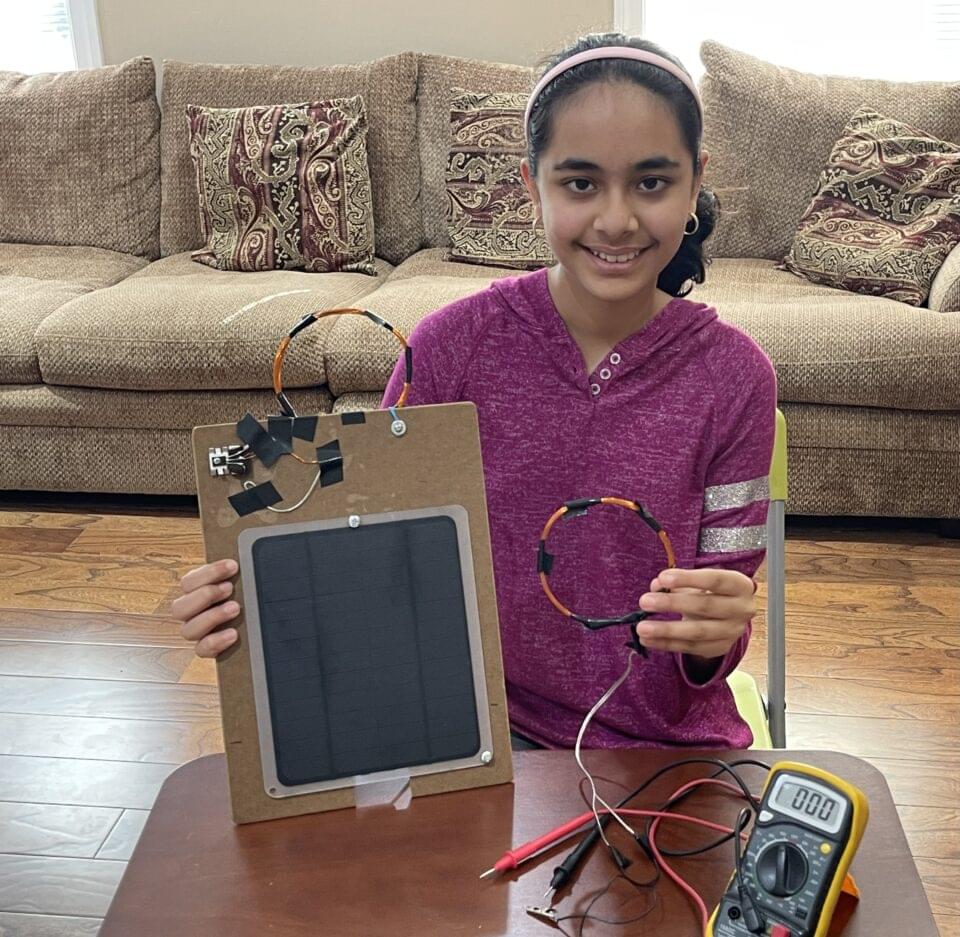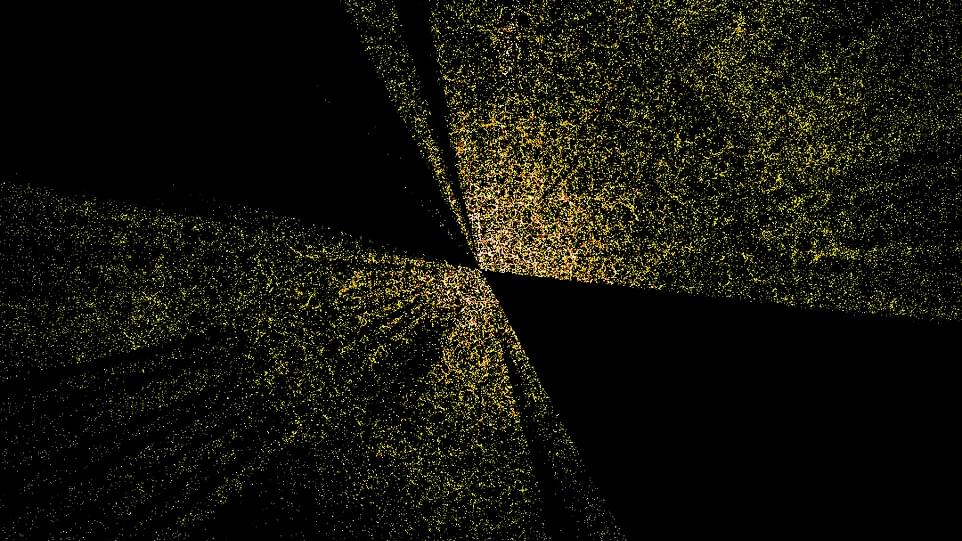As Jess Bezos becomes the latest billionaire to attempt to conquer ageing, Gemma Askham meets those on the front line of the quest to delay death.


Mathematician and computer scientist, is considered one of the fathers of Artificial Intelligence. He was Toshiba Professor of Media Arts and Sciences at the Massachusetts Institute of Technology; cofounder of MIT’s Artificial Intelligence Laboratory; and the author of eight books, including The Society of Mind. Recorded: 2002.

While renewable energy sources like wind and solar have become more common across the United States, fossil fuels remain the main source of energy. According to the U.S. Information Administration’s (EIA) International Energy Outlook 2021 (IEO2021), the global supply of fossil fuels and biofuels is expected to adequately meet global demands for liquid fuel through 2050. Renewable energy technologies have improved to become more efficient and less costly, however most renewable energies are unable to provide a constant supply of energy.
This issue inspired Shriya Tailor, a middle school student from Duluth, Georgia, to find a constant renewable energy supply that created energy at all hours of the day and in any weather condition.
She looked to space for this solution, leading her to design a prototype for a “Solar Energy Station.” Shriya says the station, made of solar cells, would need to be around 50 miles away from earth for the energy waves to be transmitted back to earth via electromagnetic fields, then collected by an antenna and converted back to electricity. Consisting of a small solar panel, switching circuit, and transmitting and receiving coils, Shriya’s prototype allowed her to test her process here on earth.

Ivan Miranda is back with a compact 3D-printed, metal-cutting CNC mill.
Study of 116 research papers finds significant daytime heating.

After making history with the world’s first pizza delivery by drone from a New Zealand store in 2016, Domino’s is once again exploring the viability of commercial drone delivery on the island country in Oceania.
But what have these companies been up to since their 2016 landmark achievement?
A new video I posted on Population Collapse.
Are we facing a Population collapse?
Can the decline in fertility rate lead to extinction?
Since the 1970s’ many books and movies warned the public the one of the biggest issue our planet face is overpopulation. (#Soylent Green)
But in recent years humanity faced a sharp decline in fertility rate that may change the trajectory of human population growth in the future, and may lead to a population collapse. (Children of Men)
